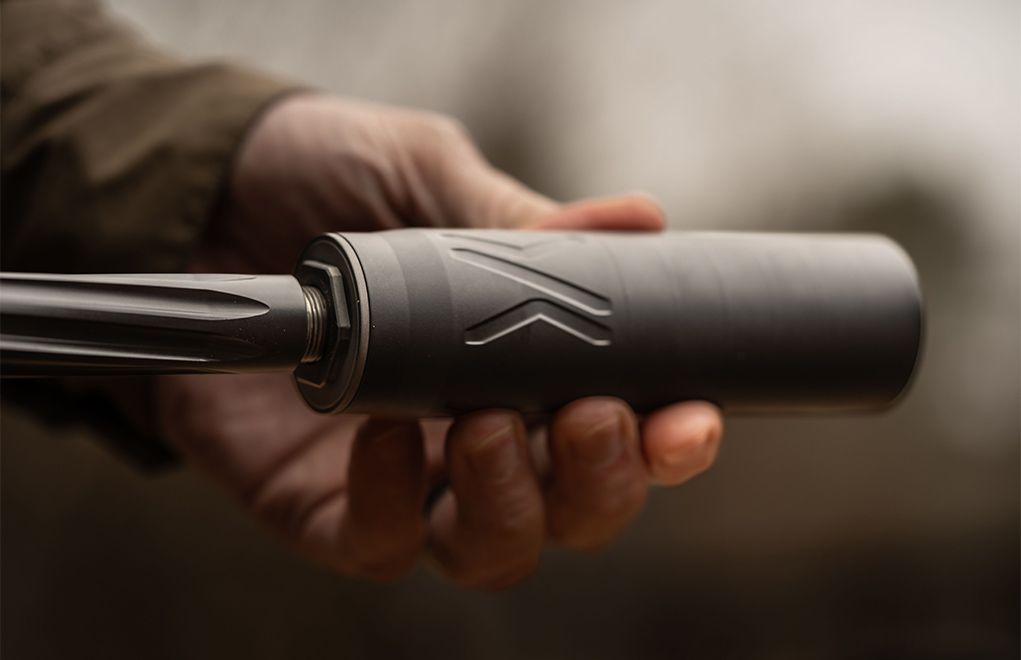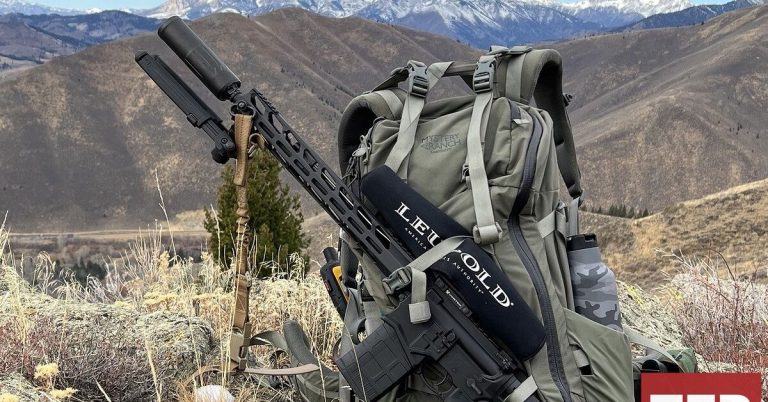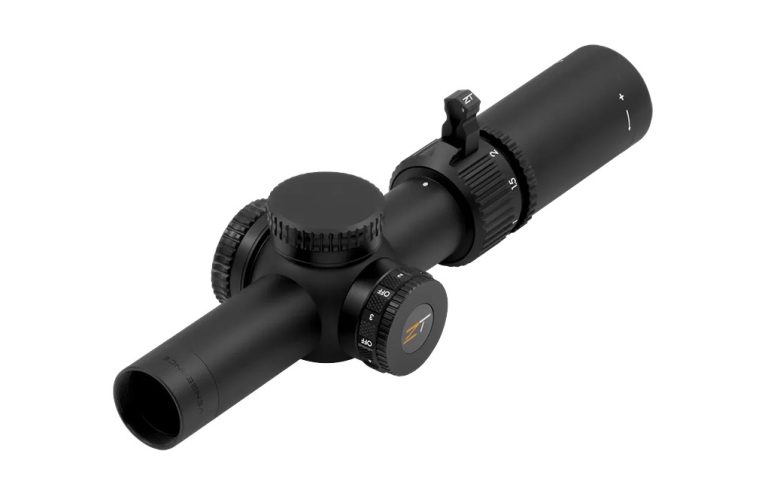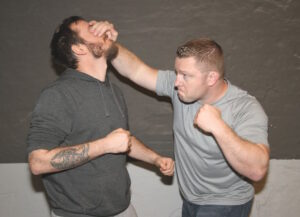
Suppressed hunting rifles can be great, but they’re not ideal for every situation.
Not all that long ago, it was only gun geeks and the wealthiest among us who had suppressors. However, the .300 Blackout cartridge, which Remington introduced just over a decade ago, started something.
But it’s not just the Blackout that’s being silenced nowadays; everyone—including hunters—seems to want everything quieter. This is no doubt also partly due to how Silencer Central has made buying a suppressor so easy.
But I’m going to be straight up with you on suppressors for hunting: I don’t think every hunter should use a suppressor every time they hunt. What I will say is that, in most cases—for most hunters—a suppressor can be a wise choice.
When Hunters Shouldn’t Suppress
Suppressors offer advantages for hunters. They reduce noise and recoil, make rifles easier to shoot and spook game less. But a suppressor isn’t always ideal. Last year, my daughter used a Kimber .308 Win. with a 22-inch barrel while hunting in Africa (it was just the way things worked out at the last minute).

Though an athlete, at 19, she’s only 100 pounds and 5 feet—60 inches—tall. The rifle with the suppressor was only 10 inches shorter than she was. Suppression was a good idea for her; it helped with recoil, but a bad idea for that rifle and her. It was practically unmanageable. I used that same rifle in Africa, and by safari end, I was even ready to cut the barrel off shorter. And that’s exactly what I did when I got home.
Africa is conducive to suppressor use because most of the shooting is outside in the wide open and from sticks. But some hunters hunt from compact blinds or shoot houses or spend a lot of time hunting from a vehicle, ATV or side by side. Here, weight is of no concern, but adding 8 or more inches to the rifle’s length can make them unwieldly in close quarters. This extra length and weight on the end of the barrel also destroys the handling qualities of a rifle. Again, from a shoot house, it’s a non-issue. But if you like to stalk hardwood ridges or grown-up thickets where snap shooting is the norm, a suppressor can be a disadvantage.
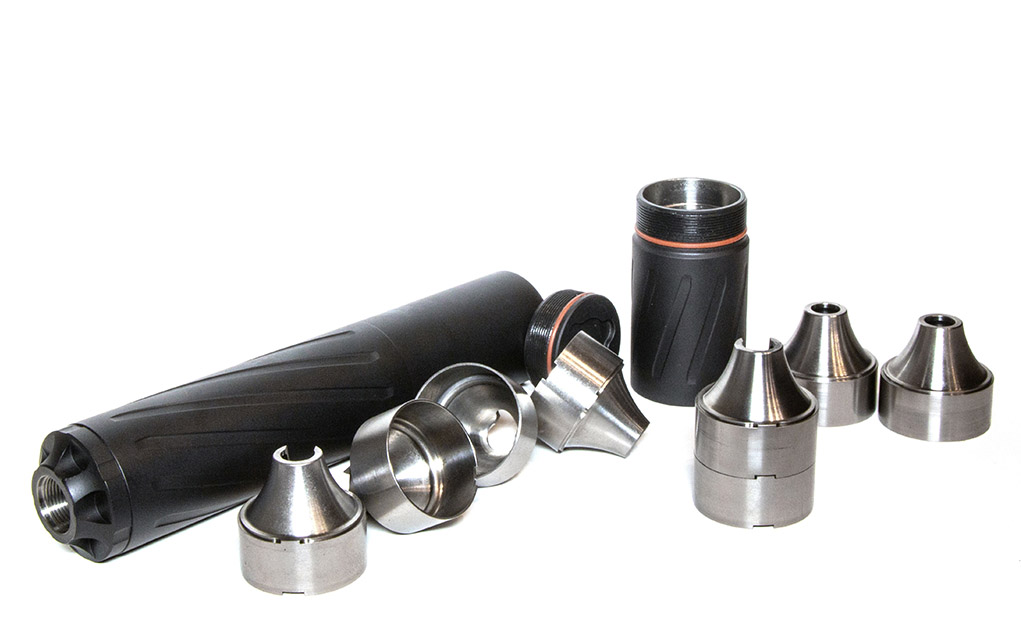
When Hunters Should Suppress
Suppressors are great for the young or inexperienced, especially those who are recoil sensitive. But as already mentioned, you can do to them what I did to my daughter and saddle them with a rifle they struggle to manage. I’d strongly recommend a suppressor for any new shooter—just pair it with the right rifle. And keep in mind that a suppressor can add from between a half to a full pound of weight to the end of the muzzle.
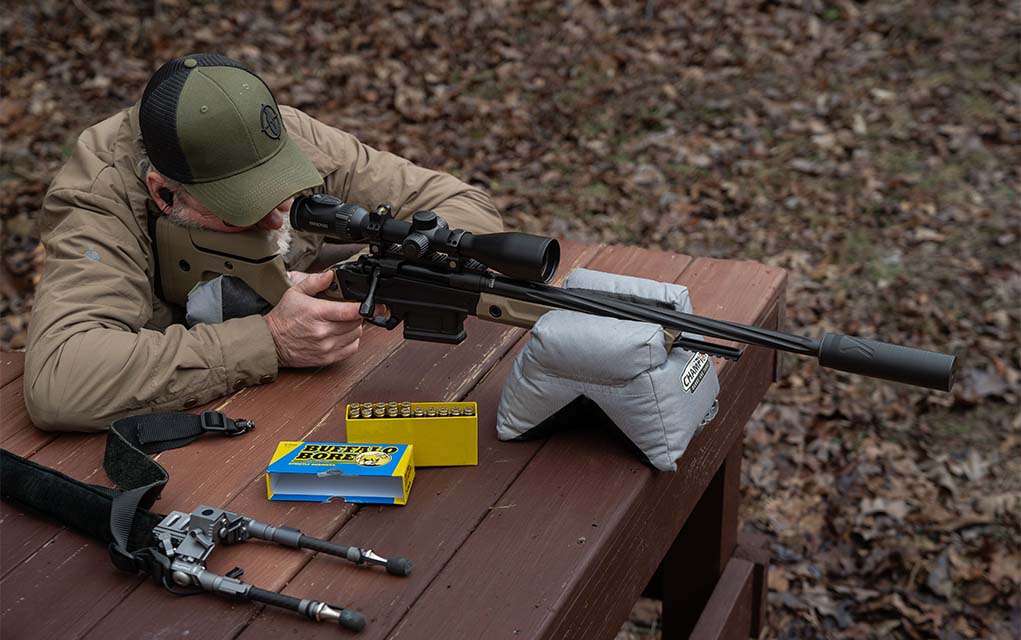
I’ve also noticed that animals often respond differently when shot at with suppressed rifles. It’s not always true, but sometimes they’ll allow a second shot if you miss. Or, in the case of feral hog hunting, you might get more opportunities at more hogs that are all running together. And if you’re already hearing impaired, use a suppressor and maybe ear protection, too. For most who routinely apply ear protection before taking a shot at game, the suppressor can eliminate that step and still be hearing safe.
Right now, I’m packing for a 38-day safari in Africa. I’ll be using several rifles to hunt three different provinces. Two are Wilson Combat NULA model 20s. These rifles, which weigh right at 5 pounds and are available with barrels as short as 16 inches, are practically screaming for a suppressor. Especially a lightweight model like the Banish Backcountry.
That’s the beauty of lightweight rifles—the added weight of a suppressor doesn’t make them too heavy. Keep weight in mind when putting together a suppressed hunting rifle.
This And That
You’re going to need some accessories. In just a few shots, suppressors get hot enough to burn you, and the heat waves will distort your view through a riflescope. A suppressor cover should be a mandatory accessory. These fabric covers strap around your suppressor, protect your skin and help to eliminate heat waves during strings of fire.
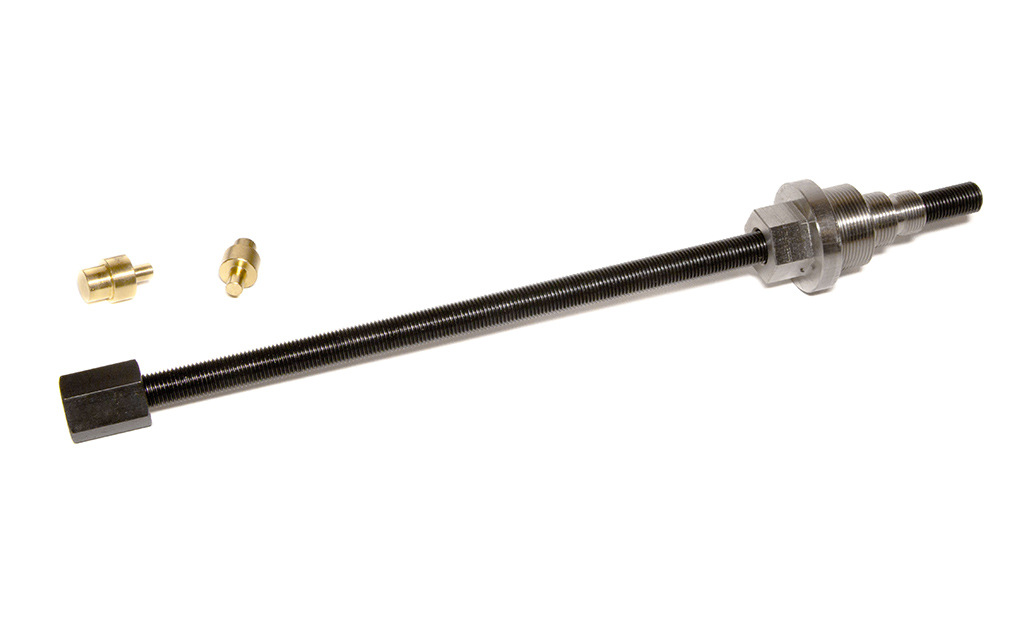
Thread pitch matters. The standard is 5/8×24, but some rifles have a different thread pitch. I just tested the Colt CBX TAC Hunter rifle, and its muzzle is threaded at 9/16×24. Kimber also uses a weird thread pitch of 7/16×28 on their rifles. Depending on your rifle’s muzzle thread pitch, you might need to purchase an adapter. You can purchase some suppressors with different thread patterns, but keep in mind how many rifles you might want to use the suppressor on when deciding on thread pitch and/or adapters.
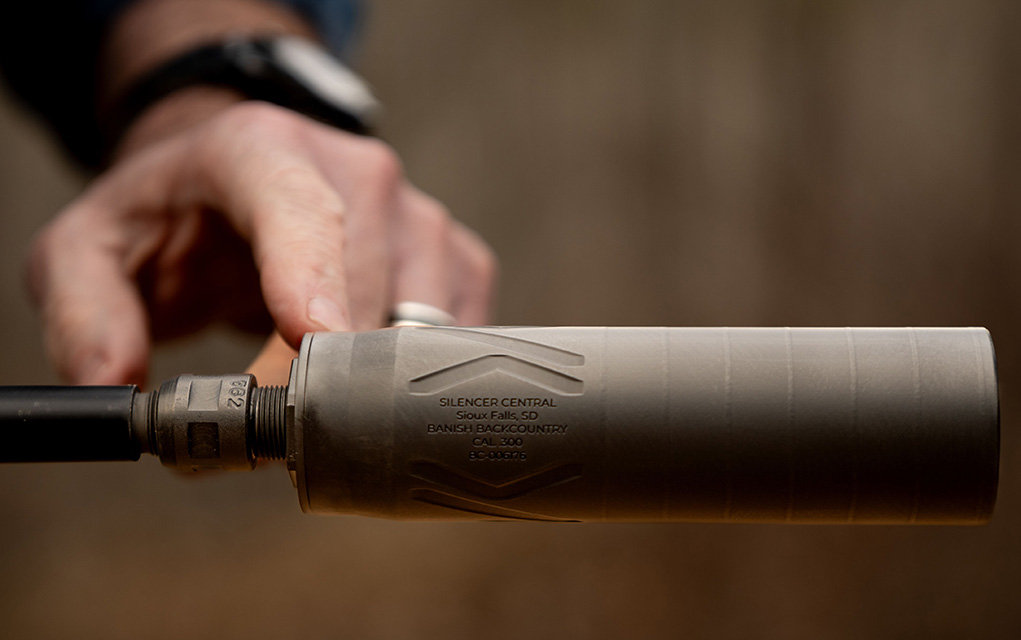
What many shooters don’t realize about suppressors is that, if it’s in your name, only you can use it. For others to use it, you must be with them. This is a pain in the ass if you have family members who might want to hunt with the suppressor when you’re not with them. You get around this with a trust. Then, anyone on your trust can use your suppressor just like you. The best suppressor companies will establish a trust for you. You’ll just need to advise them of who you want to trust with your suppressors.
You may also want to use a muzzle brake with your suppressors. A suppressor will not only reduce sound, but it will also reduce recoil. But if you have a very light rifle chambered for a very powerful cartridge, you might still want that muzzle brake. It’s something else to consider—along with thread pitch—when buying a suppressor. And finally, your rifle will shoot to a different point of impact with a suppressor, but that point is predictable and repeatable.
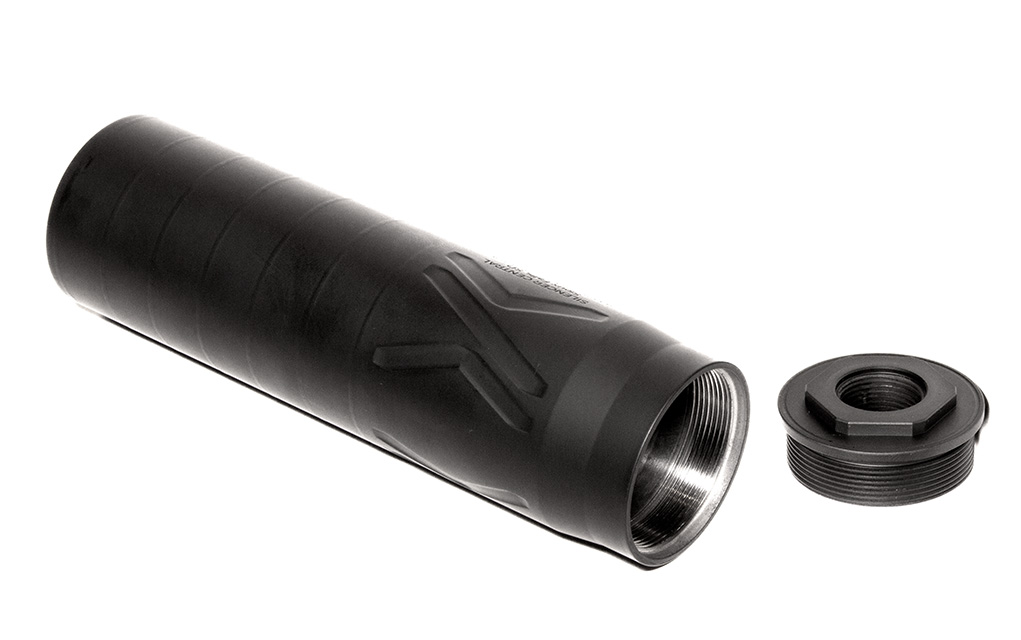
Practical Application
Most of the hunting I do in West Virginia is without a suppressor … because I do a lot of still hunting. I’ll slip through the timber looking for deer or bears. In those situations, a snapshot might be necessary, and the length and weight a suppressor adds isn’t conducive to fast and accurate snap shooting. But when I’m calling predators, I plant my backside in one spot … and a suppressor makes sense.
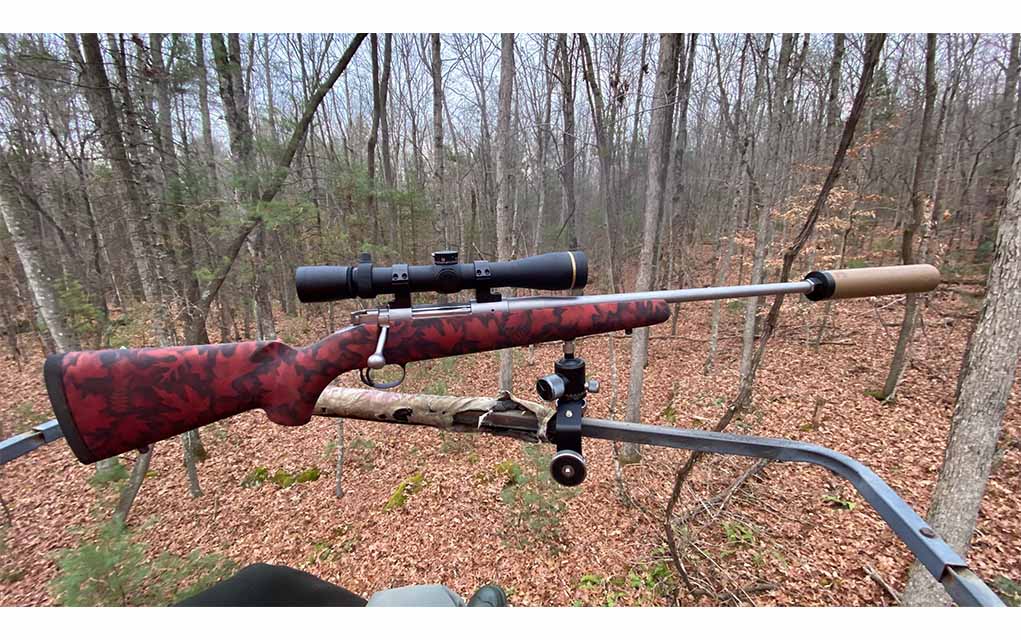
Last fall, I hunted with my oldest daughter again, and we used a prototype suppressor I was testing. Remember that Kimber rifle she hunted with in Africa? I’d sent it to OutKast Arms and had them shorten the barrel to 18 inches and restock the rifle with much lighter and fully bedded carbon-fiber/Kevlar stock that fit her better. The weight dropped to less than 5 pounds, and the overall length was shortened by 6 inches. My daughter used it when we were stand hunting, and the combination was perfect for her small size. The rifle also worked well out of the compact blind we sometimes use.
As mentioned, the type of hunting you’d do in Africa is very compatible with a suppressor. So is much of the hunting that’s done out West, where the spot-and-stalk technique is most often used. That’s exactly the kind of hunting I did in West Texas for aoudad, where I used a suppressed .308 Winchester. That rifle also had a 20-inch barrel, so even with the suppressor it wasn’t overly long.
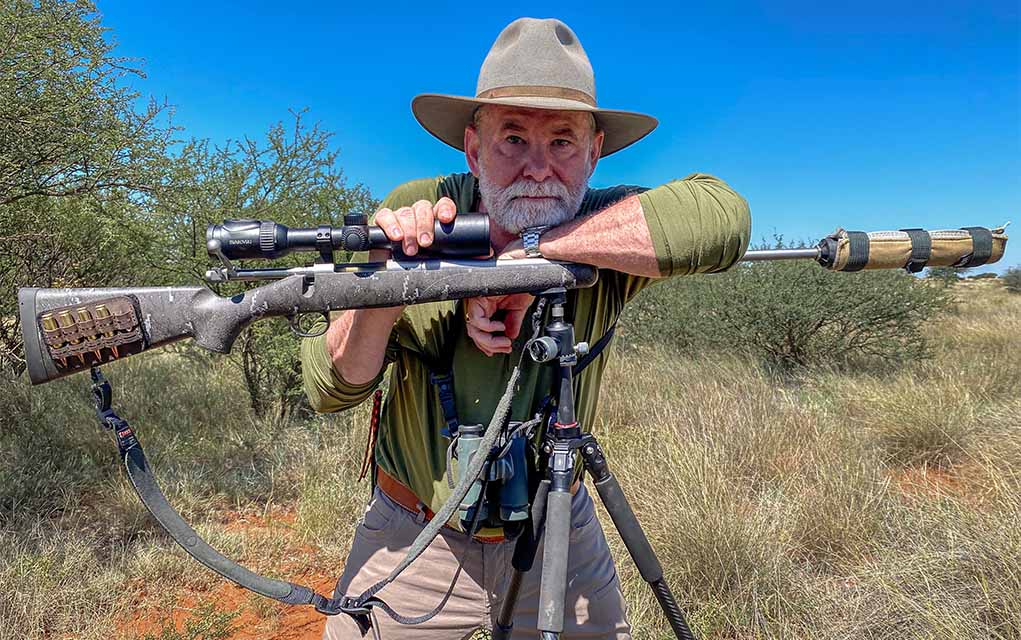
Suppressors can add enjoyment to the hunt because of the noise and recoil reduction they offer. But for optimum results, pair a suppressor with a rifle and a hunting style where the suppressor will increase, instead of decrease, your chances for success.
But I’m going to warn you: Once you start shooting suppressed, it’s hard not to want to do it all the time. You might end up with more suppressors than you bargained for.
Silencer Central Hunting Suppressor Options
There are a lot of suppressor companies, but I’ve pretty much settled on Silencer Central because I think they’re manufacturing some of the best suppressors, and because they’ve simplified the purchasing process. Silencer Central offers seven good suppressors for hunting that should cover most any need those hunting with a centerfire rifle might have.
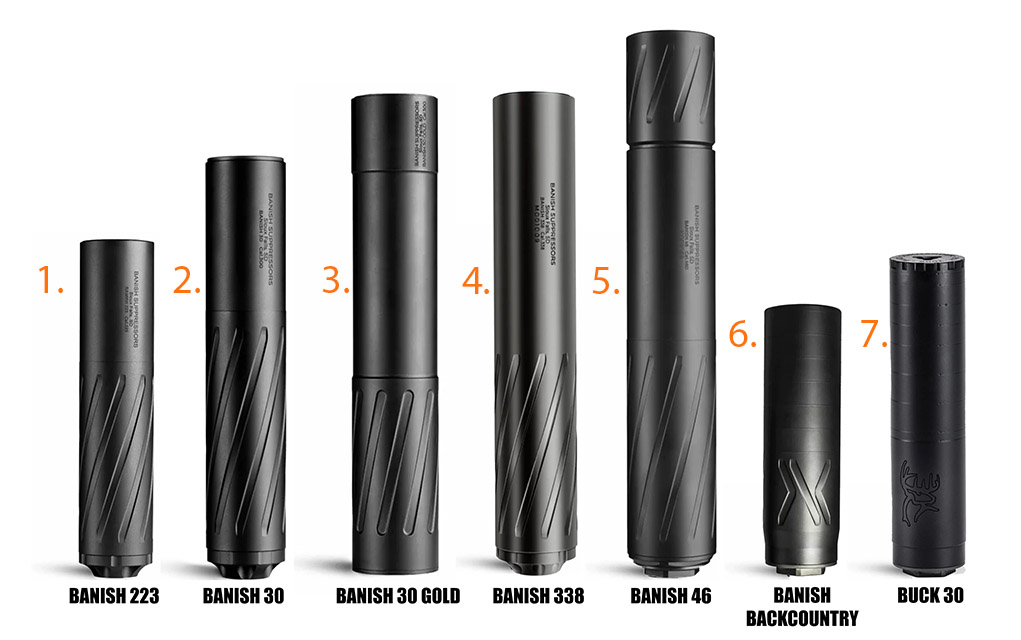
1. Banish 223
This suppressor is for small-caliber rifles like the .223 Remington and .224 Valkyrie, and if used on an AR style rifle, there’s minimal blowback. It’s also 100 percent titanium, full-auto rated, and you can disassemble it for cleaning.
2. Banish 30
Without question, this is the most versatile of all Banish suppressors. It’s a multi-caliber design that’ll work with everything from a .17 Remington up to a .300 Weatherby. It’s 100 percent titanium, can be disassembled for cleaning and is modular. You can use it at a 7- or 9-inch length.
3. Banish 30 Gold
This is a suppressor kit that includes a titanium alloy suppressor suitable for everything up to a .300 Remington Ultra Mag. It ships with two 100 percent titanium muzzle brakes (1/2×28 and 5/8×24), a Devour suppressor cover, suppressor pouch and a baffle removal tool.
4. Banish 338
This is a very quiet and compact suppressor designed for rifles of 0.338-caliber or smaller. It’s made of titanium and Inconel—a nickel-chromium-based super-alloy—construction and is user-serviceable.
5. Banish 46
Sometimes you need to suppress big bores, like the .375 H&H and the .45-70. That’s what the Banish 46 is for. It’s available with a variety of mounting options, is user-serviceable and modular.
6. Banish Backcountry
For the hunter, this might be the best suppressor offered. It’s incredibly compact and light, and it’s capable of working with everything from a .17 Remington to the .300 Remington Ultra Mag. This is a fixed length suppressor, and it’s available with a muzzle brake.
7. Banish Buck 30
Created in conjunction with Buck Commander, the Buck 30 is the least expensive of all Banish suppressors. It’s made of stainless steel, and if you’re on a budget, a better suppressor for hunting will be hard to find.
Editor’s Note: This article originally appeared in the Suppressor Special 2024 issue of Gun Digest the Magazine.
More On Suppressors:

Next Step: Get your FREE Printable Target Pack
Enhance your shooting precision with our 62 MOA Targets, perfect for rifles and handguns. Crafted in collaboration with Storm Tactical for accuracy and versatility.
Subscribe to the Gun Digest email newsletter and get your downloadable target pack sent straight to your inbox. Stay updated with the latest firearms info in the industry.







